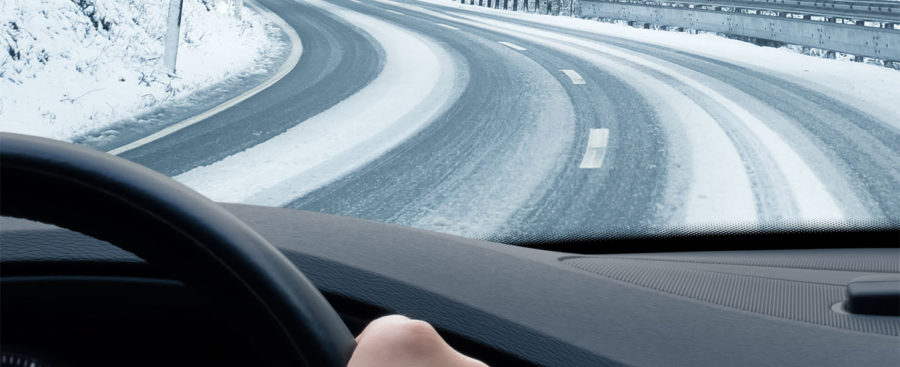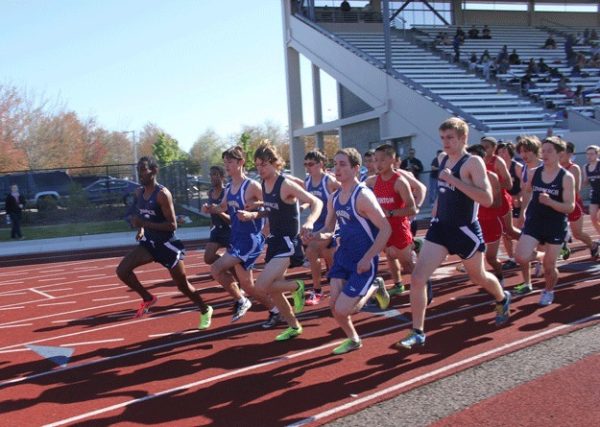Winter Safety (Driving, Playing in the snow)
Snow in the forecast this weekend
When many new high school drivers on the roads this year and the weather changing to below freezing with snow in the forecast. Here are some safe reminders whether your building a snowman, sledding down the Lindbergh hill or having to drive to work during break.
“Winter storms and bad weather are a factor in nearly half a million crashes and more than two thousand road deaths every winter” according to research by the AAA Foundation for Traffic Safety.
“Slush, snow and ice can dramatically reduce your tires’ traction” But, there are tires created for this purpose so try getting those. Also, try getting heavy coats and gloves when going outside because they are specifically designed for this type of weather. Don’t let your younger siblings go out in the snow alone, kids tend to take off their jacket and gloves and just lay in the snow for whatever reason. So, keep them under supervision and that goes for your elders too.
Winter Driving Tips from AAA Washington:
One of the best things you can do in case of an emergency is pack a winter driving kit that includes:
Bag of abrasive materials such as sand or cat litter for gaining traction in snow and ice
Snow shovel
Flashlight with new batteries
Gloves and warm coat
Ice scraper and snow brush
Jumper cables
Blankets
Warning flare or triangles
Cellular phone and charger
Food and water, don’t forget pets
First aid kit
Basic tool kit
To stay safe when driving during winter conditions, AAA recommends:
Stay home. If you really don’t have to go out, don’t. Even if you can drive well in bad weather, it’s better to avoid taking unnecessary risks by venturing out.
Drive slowly. Always adjust your speed down to account for lower traction when driving on snow or ice.
Accelerate and decelerate slowly. Apply the gas slowly to regain traction and avoid skids. Don’t try to get moving in a hurry and take time to slow down for a stoplight. Remember: it takes longer to slow down on icy roads.
Increase your following distance. Allow five to six seconds of following distance between your vehicle and any vehicle in front of you. This space allows you time to stop safely if the other driver brakes suddenly.
Know your brakes. Whether you have antilock brakes or not, keep the heel of your foot on the floor and use the ball of your foot to apply firm, steady pressure on the brake pedal. Don’t pump the brakes.
Don’t stop if you can avoid it. There’s a big difference in the amount of inertia it takes to start moving from a full stop versus how much it takes to get moving while still rolling. If you can slow down enough to keep rolling until a traffic light changes, do it.
Don’t power up hills. Applying extra gas on snow-covered roads just starts your wheels spinning. Try to get a little inertia going before you reach the hill and let that inertia carry you to the top. As you reach the crest of the hill, reduce your speed and proceed downhill slowly.
Don’t stop going up a hill. There’s nothing worse than trying to get moving up a hill on an icy road. Get some inertia going on a flat roadway before you take on the hill.
It’s always a good idea to check weather forecasts, traffic reports and road conditions so you can give yourself extra time to get to your destination and not be surprised by the weather or road conditions.
Your donation will support the student journalists of Lindbergh High School. Your contribution will allow us to purchase equipment, cover our annual website hosting costs, send staff to annual trainings during the school year.





